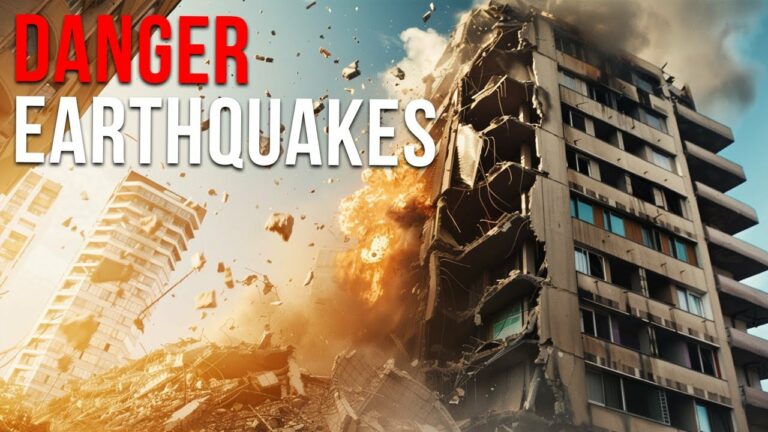The Science Of Earthquakes And How To Survive Them
Armenia, December 1988, a 7.0 magnitude earthquake strikes the southern region of the country. The death toll reaches 25,000.
California, October 17, 1989. A 7.1 magnitude earthquake shakes the San Francisco area. The death toll stands at 75.
It’s just one of many examples that could be cited…
California, October 17, 1989. A 7.1 magnitude earthquake shakes the San Francisco area. The death toll stands at 75.
It’s just one of many examples that could be cited…
But why this disparity? Why does the earthquake in San Francisco, with the same amount of energy released, result in far fewer deaths compared to the one that struck Armenia?
Many factors contribute to expanding or reducing the list of earthquake victims. However, it’s hard not to notice that when the ground shakes beneath the feet of economically disadvantaged populations, the disasters have much worse effects.
Many factors contribute to expanding or reducing the list of earthquake victims. However, it’s hard not to notice that when the ground shakes beneath the feet of economically disadvantaged populations, the disasters have much worse effects.
The reason is easily understood: the poor live in densely populated areas, within homes built without regulations or inspections, using low-quality materials unable to withstand the tremors.
Impoverished countries lack the resources to reinforce their thirty or forty-year-old dwellings with the latest building technologies. The poor don’t have automatic devices that shut off gas or electricity – like in Japan – when the tremor exceeds 4 on the Richter scale.
Impoverished countries lack the resources to reinforce their thirty or forty-year-old dwellings with the latest building technologies. The poor don’t have automatic devices that shut off gas or electricity – like in Japan – when the tremor exceeds 4 on the Richter scale.
They lack well-equipped medical facilities to promptly respond to earthquake sites, or sophisticated cranes to lift rubble. Consequently, they pay a higher price in terms of casualties.
It’s no coincidence that over 90% of the victims of natural disasters worldwide live in developing countries. According to statistics, the earthquake with the heaviest death toll was the one that hit Haiti in January 2010: nearly 300,000 estimated deaths, 300,000 injured, and approximately one million displaced.
These numbers sound like a real apocalypse for a small state already severely afflicted by poverty.
It’s no coincidence that over 90% of the victims of natural disasters worldwide live in developing countries. According to statistics, the earthquake with the heaviest death toll was the one that hit Haiti in January 2010: nearly 300,000 estimated deaths, 300,000 injured, and approximately one million displaced.
These numbers sound like a real apocalypse for a small state already severely afflicted by poverty.
Do not forget to share your opinion with us to provide you with the best posts !




0 Comments